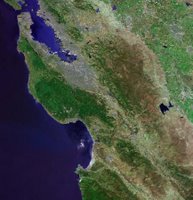With legendary Italian quality and comfort, the Zamberlan Vioz GT boots offer waterproof protection and burly construction to handle everything from easy day hikes to backcountry adventures.
Outstanding Boots!
Sizing: Feels true to size
Width: True to size
Pros: Good Arch Support, Water Resistant, Great Traction, Ankle Support, Warm, No Break-in, Comfortable, Sturdy/Durable
Best Uses: Long-Distance Hiking, Wet Conditions, Cold Weather
Describe Yourself: Avid Adventurer
Arch Type: Low Arch
Was this a gift?: No
I wore this boot for a couple of weekend trips to Big Sur before using them hiking in East Greenland during the thaw. I have never been so excited about a pair of boots! I averaged 30 km per day with one day at 53 km. My legs and feet were not tired... I had to stop because I was too sleepy! No trails in East Greenland and lots of bouldering and rivers to ford. My feet never got wet (I was also wearing good gaiters) and I never got a hot spot, let alone a blister. I don't know why other people are writing that these boots are heavy? They are actually quite light for this sort of boot.
(legalese)
